If you're short on space and resources, my simple science in a shoebox ideas might be helpful. Each activity uses very basic materials, can be stored in a shoebox and uses a shoebox! All you need are some craft materials and a little imagination!
Once the activity is finished, you can stack the final product for storage, transport the whole experiment without bits falling off or display it nicely for everyone to admire!
Science in a Shoebox
Shoebox Catapult
The traditional shoebox catapult is a great science investigation for learning about forces and the conservation of energy.
Once the catapult is made, it can be used in many different ways. Children can experiment by catapulting different size objects and measuring how far each one travels.
Another idea is to build a target to aim small pom poms or ping pong balls towards.
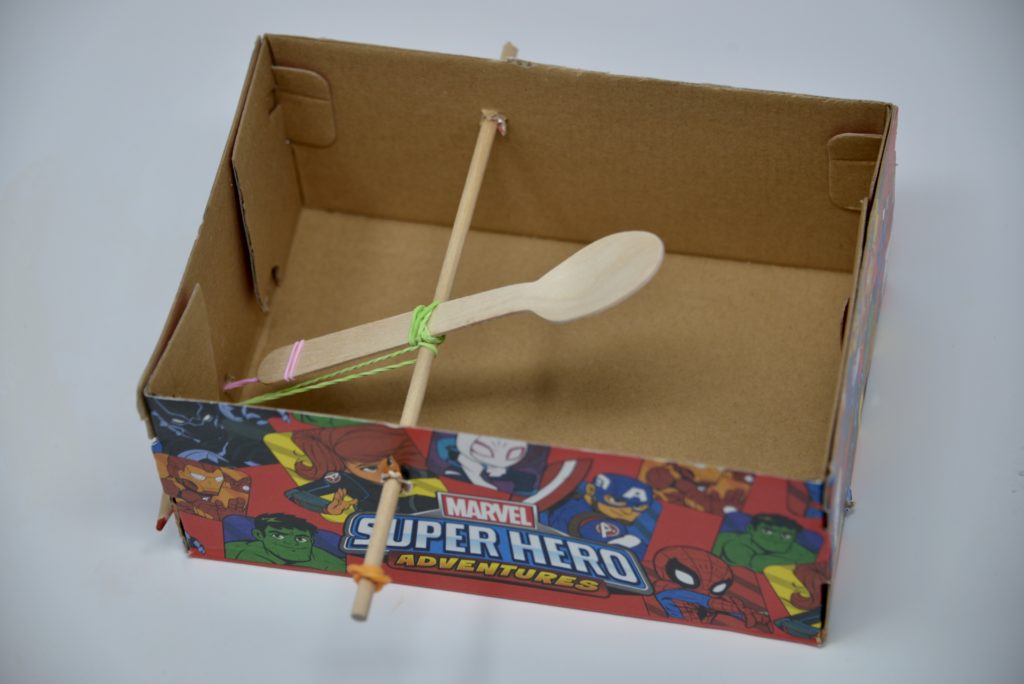
Create a Habitat
A shoebox is a great size to make a habitat inside. Older children can add moving parts or create two habitats to show the possible effects of climate change or pollution on wildlife. We made a very simple polar shoebox habitat.
Floating Objects
Use a magnet to create a floating object inside a shoebox! This is a great activity for learning about magnetism and looks fantastic too. The rocket looks like it's floating as it has a paperclip attached, which is attracted to the magnet on top.
The magnetic force between the paper clip and magnet is stronger than the pull of gravity, so the paper clip stays suspended in the air rather than falling to the bottom of the box.
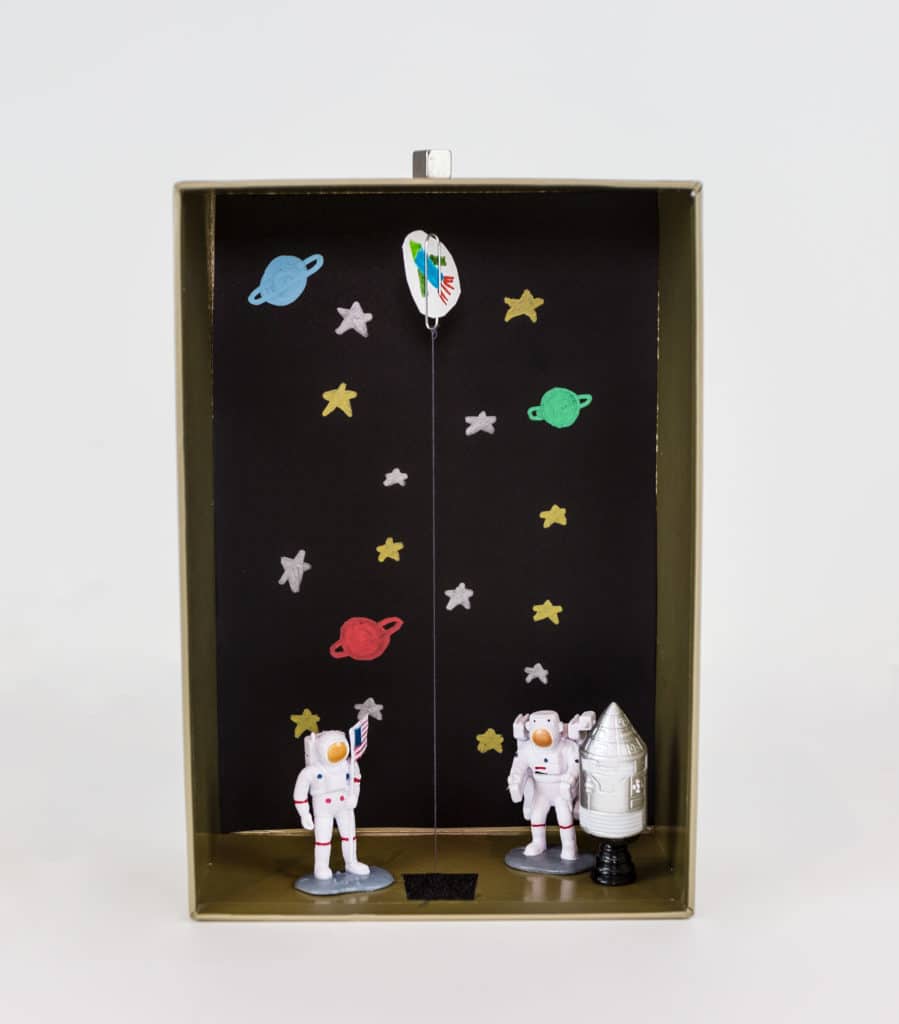
Seismometer in a box
My simple seismometer model shows how earthquakes are measured and is an excellent addition to an earthquake topic or a fun mini science project. It's a very simple model, but it nicely demonstrates the core principles of a real seismometer.
When the paper under the pen is pulled through, and the shoebox is still, the pen draws a straight line.
The pen draws a wiggly line when the shoebox is shaken ( simulating an earthquake ). The zigzags should be bigger if the box is shaken more vigorously.
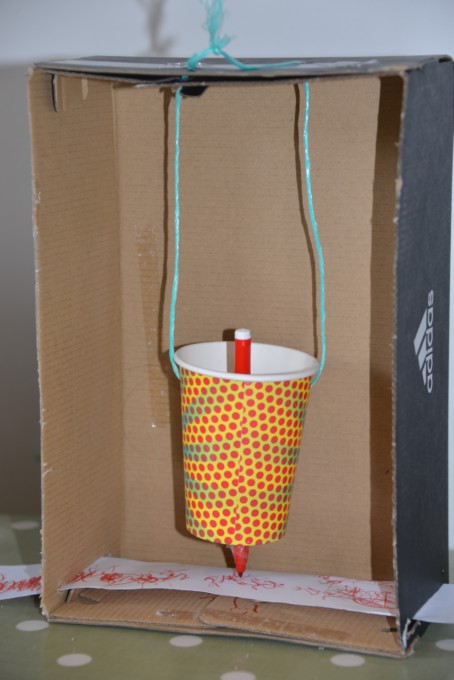
Mini Marble Run
A shoebox is a perfect container for a mini marble run. Use cardboard tubes attached to the back wall of the box. The tubes can be cut in half or left whole.
Marble runs are great for learning how gradient affects speed, gravity and friction. Gravity pulls down on the marble, forcing it to roll down the tubes. Friction between the marble and the tube slows it down. We like to add a rough surface to the inside of one of the tubes to slow the marble down as much as we can.
A fun team building marble run challenge is for small teams to build the slowest marble run they can! This needs a slightly sloping track, just steep enough to overcome friction so the marble moves slowly.

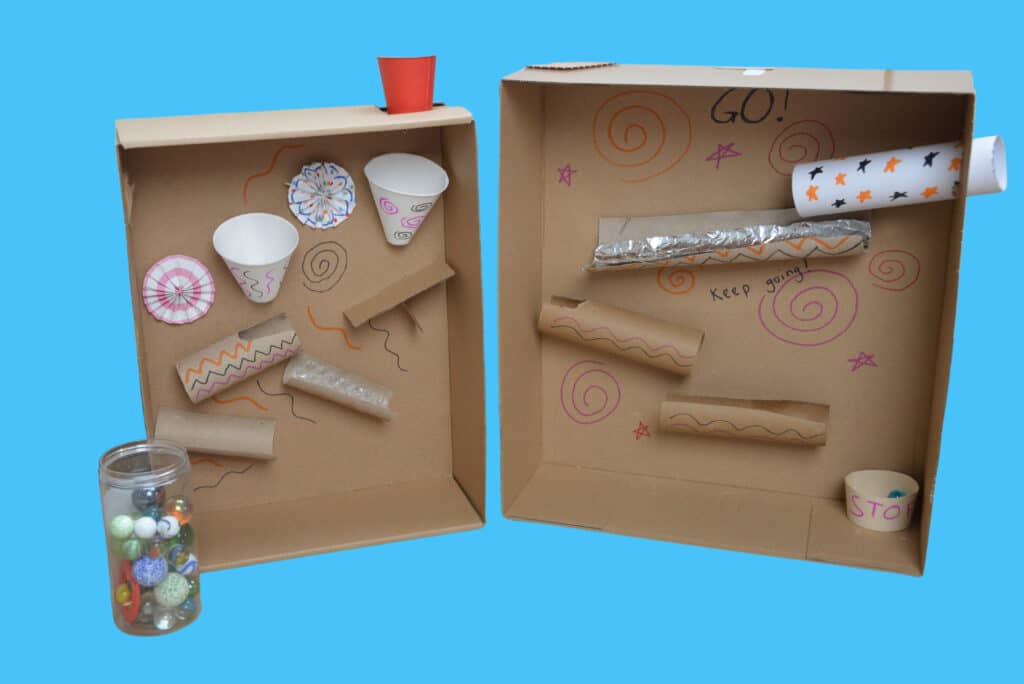
Create a Pneumatic System
Use syringes to make a box open with pneumatics. This version is spring-themed, but there are endless creative opportunities around this idea. You could make a pirate treasure chest that opens, a picnic basket or even a toy box full of toys!
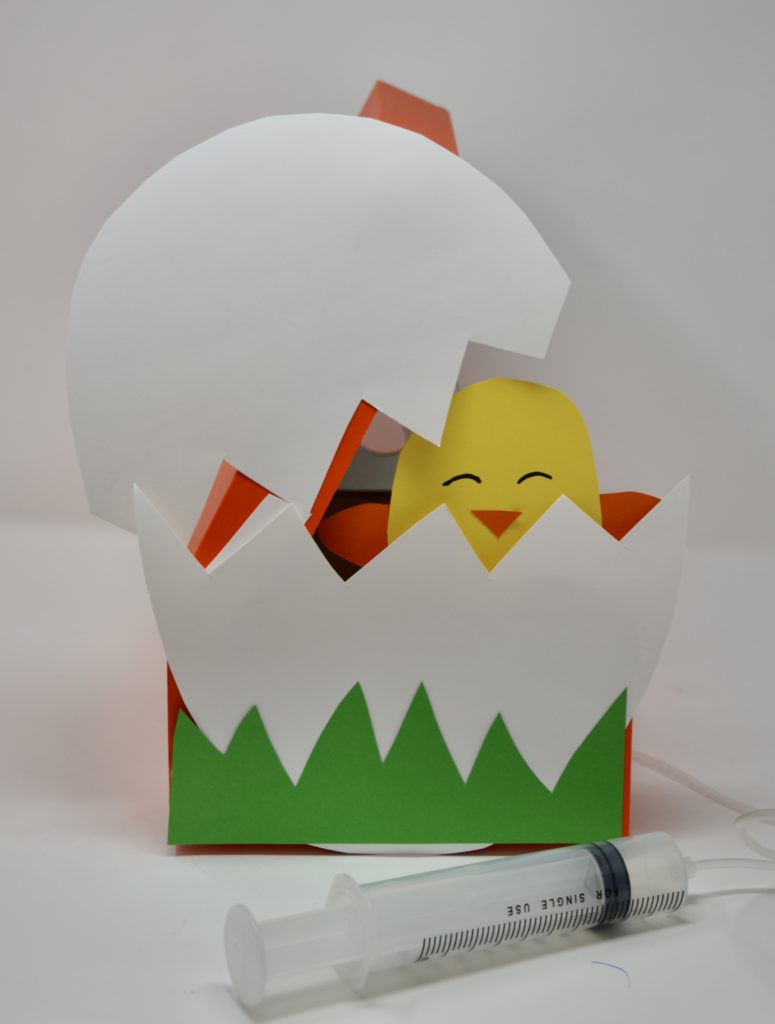
More ideas for science in a shoebox
Rainy Day Mum has a brilliant Newton's Cradle made from a shoebox frame.
Instructables has a clever smartphone projector that would make a great science project for older children and is great for a party or sleepover!
If you know of any more shoebox science experiments, please let me know, and I will add them!
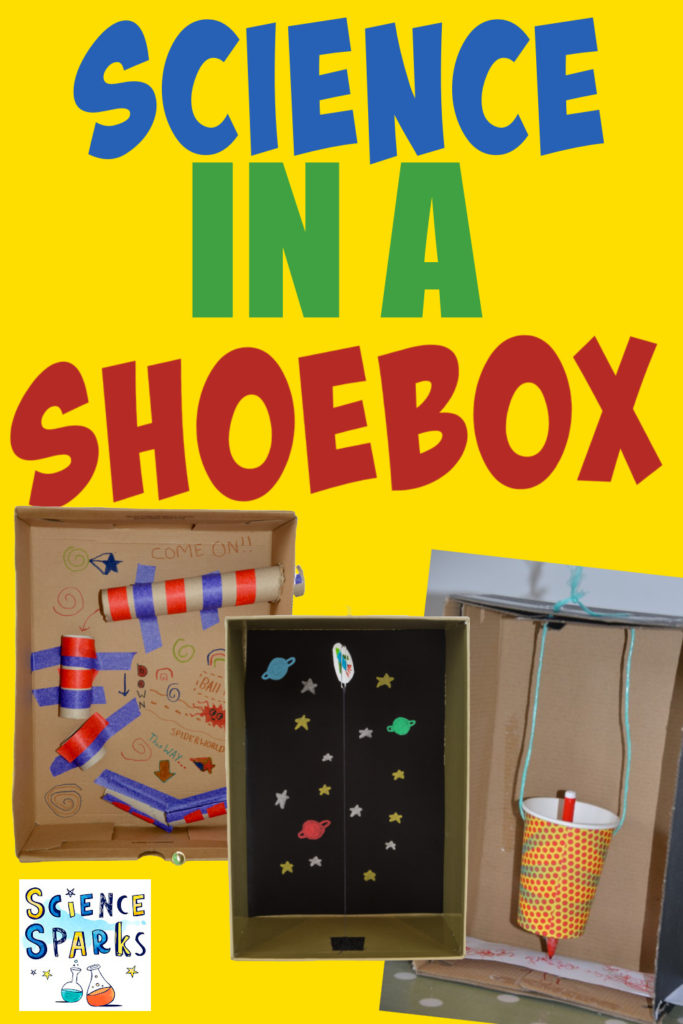
Last Updated on June 5, 2025 by Emma Vanstone
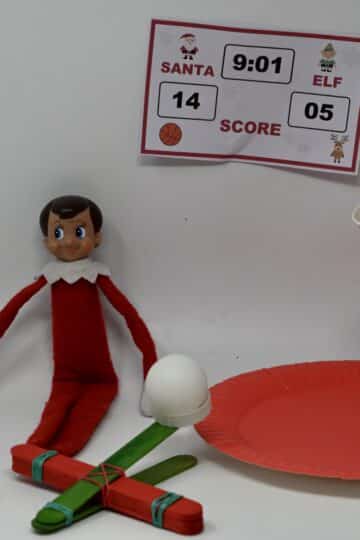
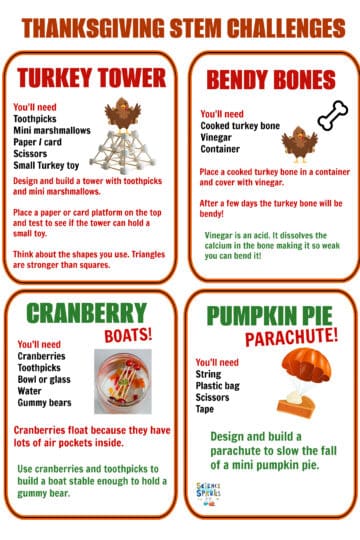

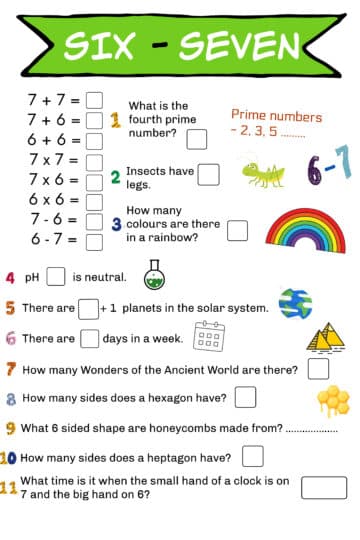
Leave a Reply